The Manimahesh Kailash Trek is a sacred pilgrimage that takes you to the pristine Manimahesh Lake, nestled in the Pir Panjal Range of the Indian Himalayas. This trek is dedicated to Lord Shiva and is believed to be the abode of the Hindu deity. It is a spiritual journey undertaken by thousands of pilgrims from all over the country, starting on the auspicious day of Janmashtami and culminating on Radha Ashtami.
Geography and Significance of Manimahesh Lake
Manimahesh Lake, situated at an altitude of 3,950 meters, is considered one of the sacred lakes in the Indian Himalayan region. It is sourced from the serpentine glacier of the Chamba Kailash Peak, also known as Manimahesh Kailash. The peak, towering at a height of 5,653 meters, is a virgin peak and offers breathtaking panoramic views of the surrounding landscape.
The trek to Manimahesh Lake holds immense significance for devotees as it purifies the soul and body. Despite being a challenging trek, the reward is unparalleled – a serene lake set against the backdrop of snow-covered Kailas Mountains. The spiritual aura of the peak engulfs pilgrims, who undertake the journey accompanied by the melodious chants and hymns in praise of Lord Shiva.
The Route: Hadsar to Manimahesh Lake
The Manimahesh Yatra begins in the village of Hadsar, located a short distance from Chamba district in Himachal Pradesh. From Hadsar, the trek takes you through the picturesque hill village of Dancho, offering beautiful views of the Valley of Flowers and medicinal shrubs along the way. The gradual slope of the trek makes it accessible to both experienced trekkers and amateurs.
After reaching Dancho, the trail continues to the final point that cuts through the pearly white glacier of the Manimahesh Lake. The barren and desolate landscape surrounding the lake is adorned with small hilly mounds, rock boulders, and dry bushes, creating a surreal ambiance.
Manimahesh Yatra: Bharmaur – Hadsar Route
One of the most popular routes for the Manimahesh Yatra is the Bharmaur – Hadsar route. This journey starts at Bharmaur village, where pilgrims take a dip in the holy pond of the Bharmani Temple, known as the Bharmani Temple Kund. From Bharmaur, a local bus takes them to Hadsar village, which serves as the starting point of the trek.
The trek from Hadsar to Dancho covers a distance of approximately 5-6 kilometers and can be completed in 3-4 hours. Along the way, pilgrims have the opportunity to rest at various points, enjoy the scenic beauty, and partake in Langars or Bhandaras offering free food.
From Dancho, the trail leads to Gauri Kund, believed to be the bathing place of Goddess Parvati. Only women are allowed to take a dip in the sacred pond, while men can appreciate the spiritual significance of the site. After Gauri Kund, it’s just a short 1-kilometer trek to reach the magnificent Manimahesh Lake. The sight of the lake and the mighty Manimahesh peak in the distance is awe-inspiring, leaving pilgrims in a state of reverence.
Alternate Route: Parikrama Route via Kugti Village
For experienced trekkers seeking a more challenging adventure, the Parikrama route via Kugti Village offers a circular trip around the Manimahesh peak, covering a total distance of 38-40 kilometers. This route allows trekkers to immerse themselves in the bounteous nature of the region, experiencing lush green valleys, gurgling water streams, rocky terrains, and mighty glaciers.
The Parikrama route starts at Bharmour village, where pilgrims take a dip in the Bharmani Temple Kund. From there, they proceed to Hadsar and continue towards Dharol or Kugti Village. The journey to Kugti takes approximately 3-4 hours and offers breathtaking views along the way.
Once in Kugti, the actual trek begins, leading trekkers through dense forests and beautiful river streams to reach Dhalotu. From Dhalotu, the trail proceeds to Alyas, where trekkers can set up their tents for the night. Alyas is known for the saffron-colored rock called Hanuman Garhi or Hanuman Shila.
The next stop on the Parikrama route is Jotnu Pass, which requires an early morning start to avoid unfavorable weather conditions. From Jotnu Pass, trekkers can catch a glimpse of the Manimahesh Lake and complete the last leg of the trek, passing through Dham Ghodi and Kamal Kund.
Yatra by Helicopter: A Convenient Option
For those who face difficulty undertaking the trek or seek a more convenient option, a helicopter ride is available during the Manimahesh Yatra. The helicopter service operates from Bharmour village and takes only 7 minutes to reach Gauri Kund, located just 1 kilometer away from the Manimahesh Lake. This option is especially helpful for elderly pilgrims or those with physical limitations.
Rituals and Festivities of the Manimahesh Yatra
The Manimahesh Yatra is accompanied by various rituals and festivities that enhance the spiritual experience. The procession of the “Holy Chhari” marks the beginning of the yatra, with pilgrims and sadhus carrying sticks on their shoulders and commencing the journey barefoot. The rhythmic chants and hymns in praise of Lord Shiva create an atmosphere of devotion and reverence.
Throughout the yatra, pilgrims make several halts and rest at designated spots where Langars or Bhandaras provide free food to the devotees. These communal meals foster a sense of unity and serve as a reminder of the importance of selfless service.
Best Time to Undertake the Manimahesh Trek
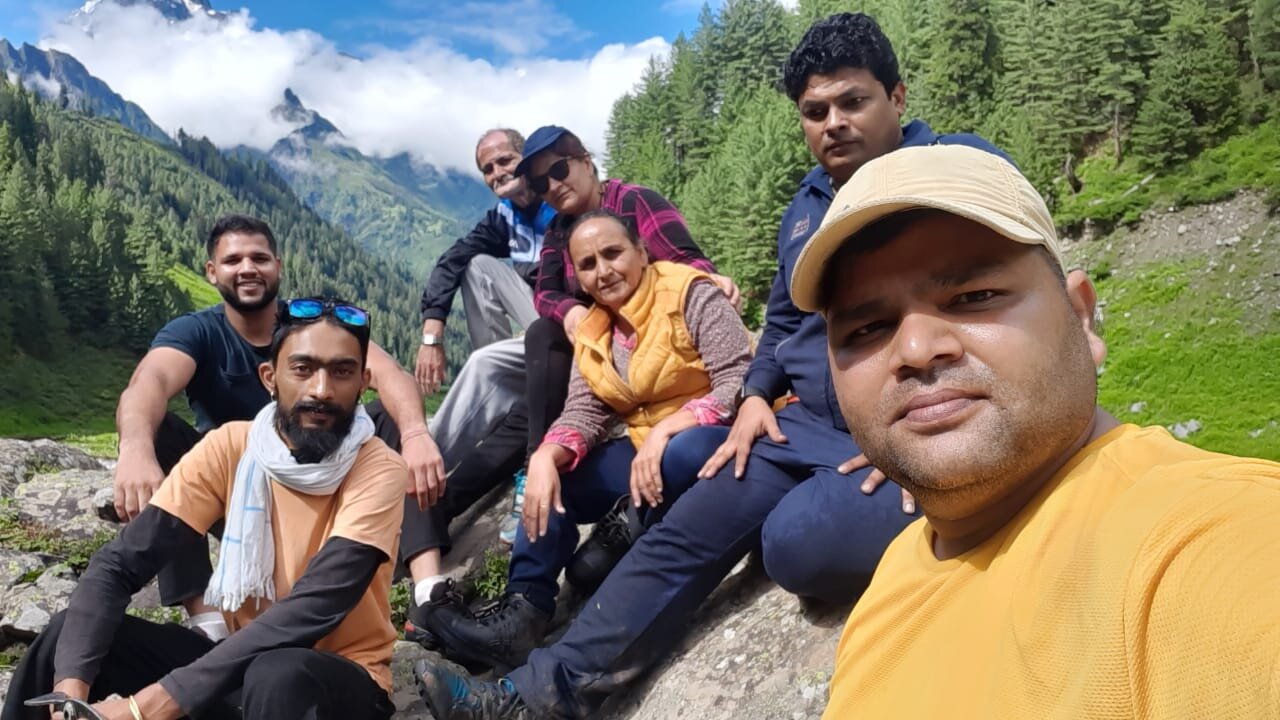
The Manimahesh Kailash Trek is best undertaken between the months of May and September when the weather is favorable and the route is accessible. It is important to avoid the monsoon season as heavy rainfall can make the trek challenging and dangerous.
Facilities and Accommodation
During the Manimahesh Yatra, various facilities and accommodations are available to ensure a comfortable experience for pilgrims. The state government, as well as voluntary organizations, set up tents and camps at different points along the trek. These facilities provide shelter, food, and medical assistance to pilgrims.
Toilets and restroom facilities are also provided at regular intervals to maintain cleanliness and hygiene. It is advisable to pack warm clothing, as the weather can be chilly at higher altitudes.
Conclusion: A Sacred Journey to Remember
The Manimahesh Kailash Trek is not only a physical journey but also a spiritual quest that leaves a lasting impression on the minds and souls of the pilgrims. The breathtaking beauty of the Manimahesh Lake, coupled with the reverence for Lord Shiva, creates an atmosphere of devotion and tranquility.
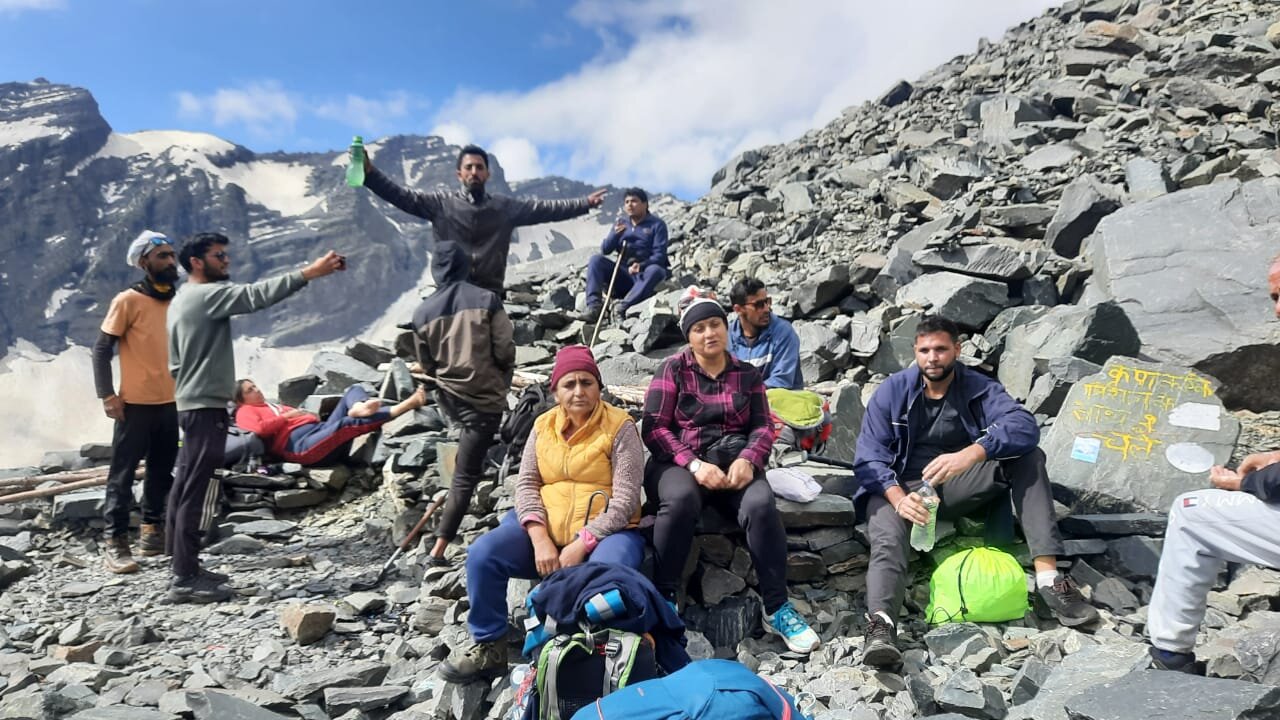
Whether you choose the traditional Bharmaur – Hadsar route or the adventurous Parikrama route via Kugti Village, the Manimahesh Yatra promises an unforgettable experience filled with natural splendor and spiritual enlightenment. Embark on this sacred pilgrimage and immerse yourself in the divine aura of the Manimahesh Kailash Peak, where Lord Shiva himself is believed to reside.
Additional Information:
The Manimahesh Yatra is a sacred pilgrimage that attracts thousands of devotees and trekkers each year. It is important to prepare adequately for the trek by consulting with a medical professional, ensuring physical fitness, and acclimatizing to the high altitude. It is also essential to pack essential items such as sturdy trekking shoes, warm clothing, sunscreen, and a first aid kit.

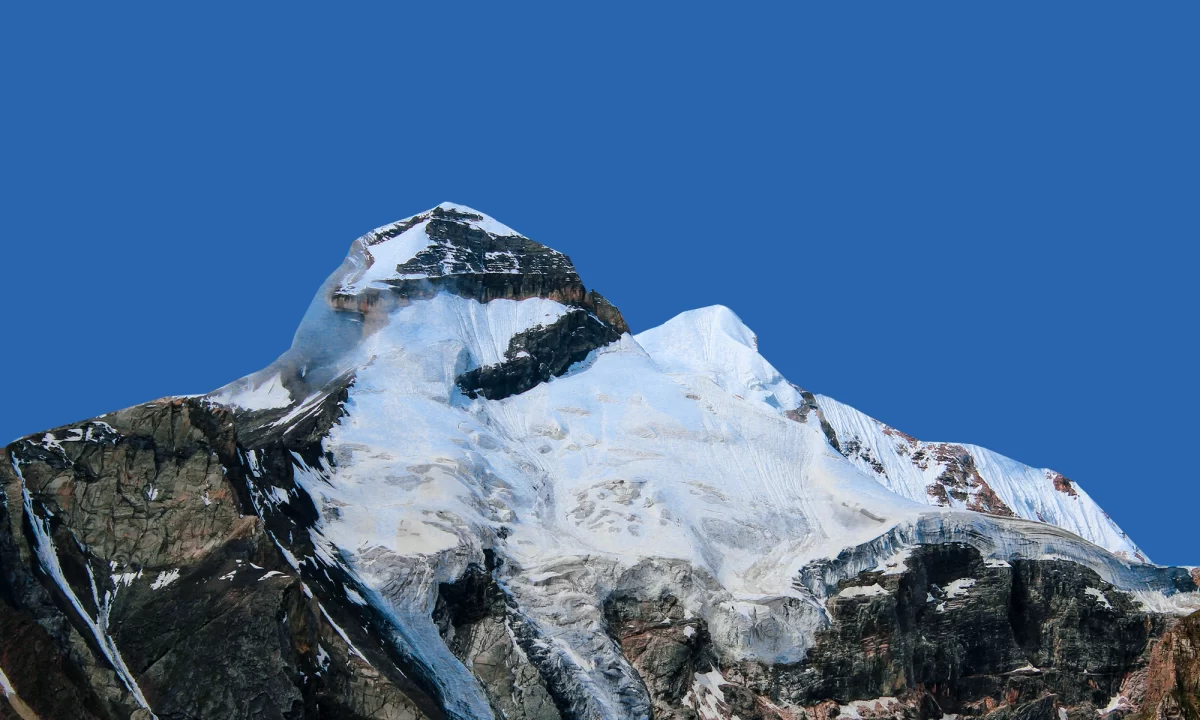 "
"
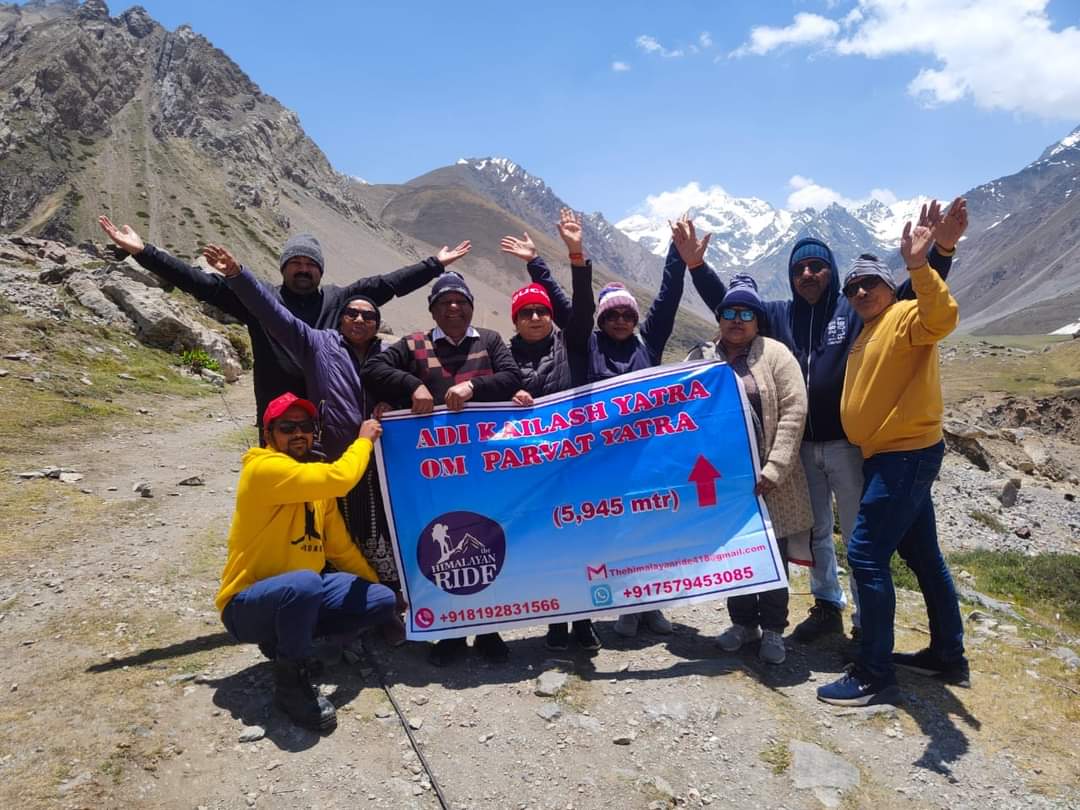 "
"
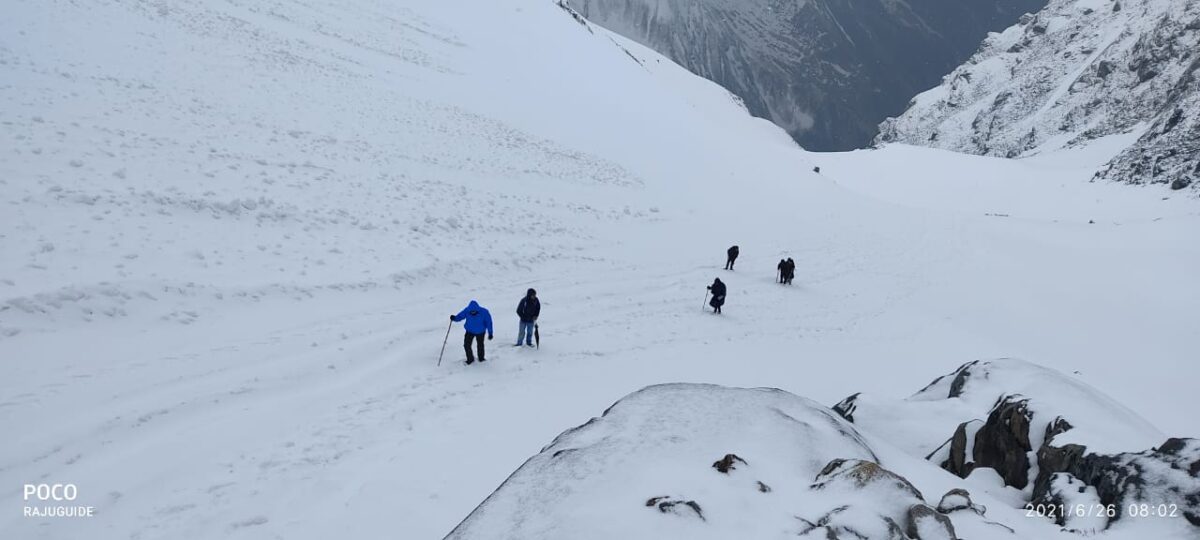 "
"
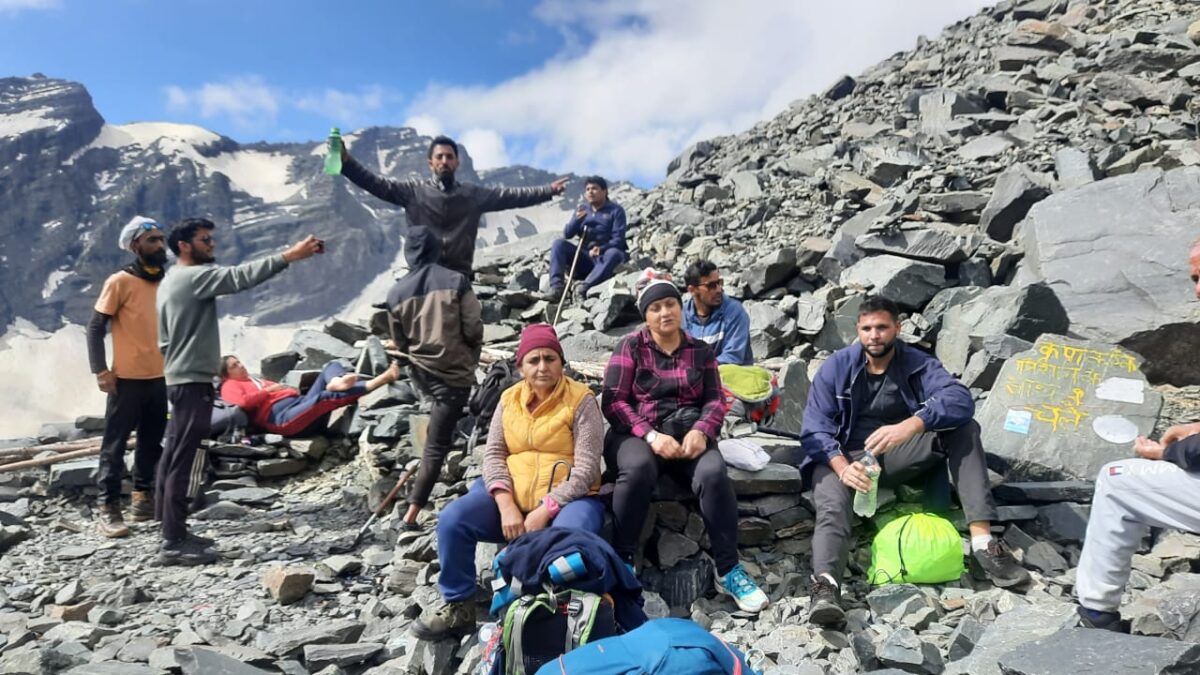 "
"